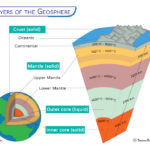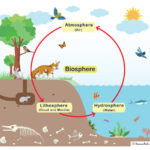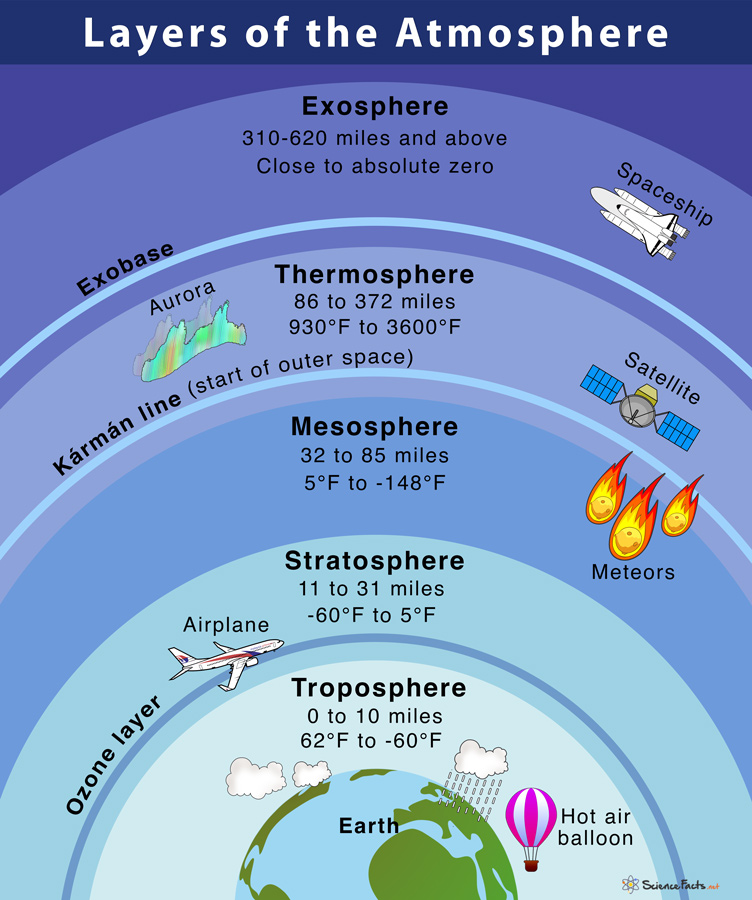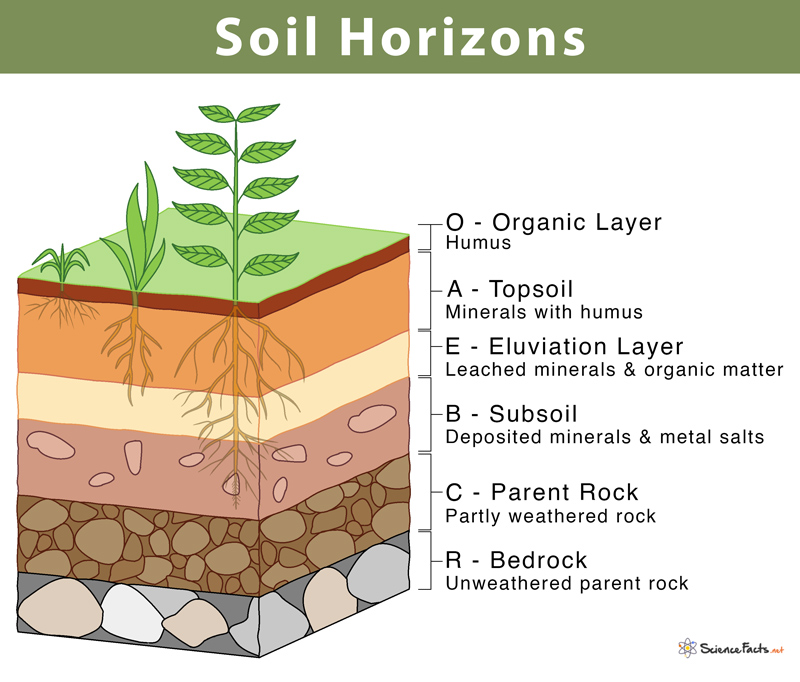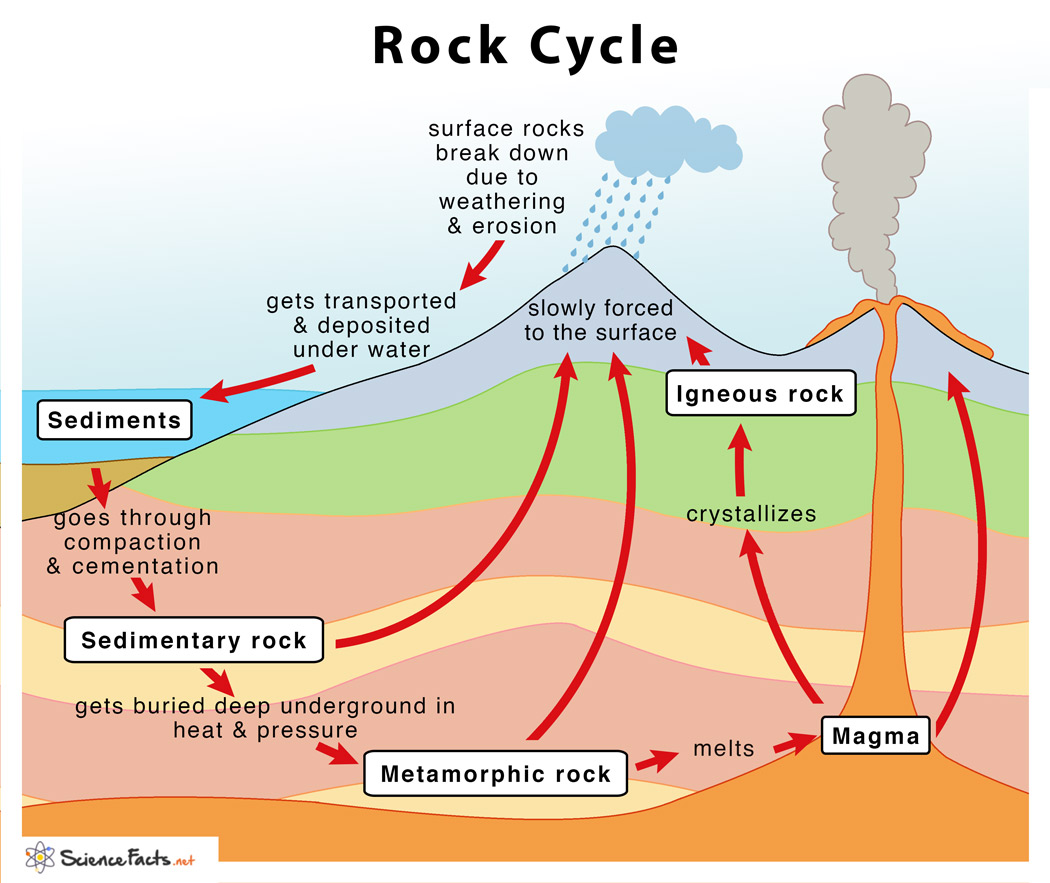Types of Deserts With Characteristics and Examples
A desert is a dry, barren landscape which receives an annual rainfall of less than 25 centimeters. Deserts cover about one-fifth of the total land area on earth. Although they are mostly hot, extremely cold regions are also classified under deserts as technically any land that is unsuitable for normal plant and animal growth are considered deserts.
What are the Different Types of Desert Biome
Desert ecosystems are grouped into four different types based on their geographical positions, and dominant weather patterns:
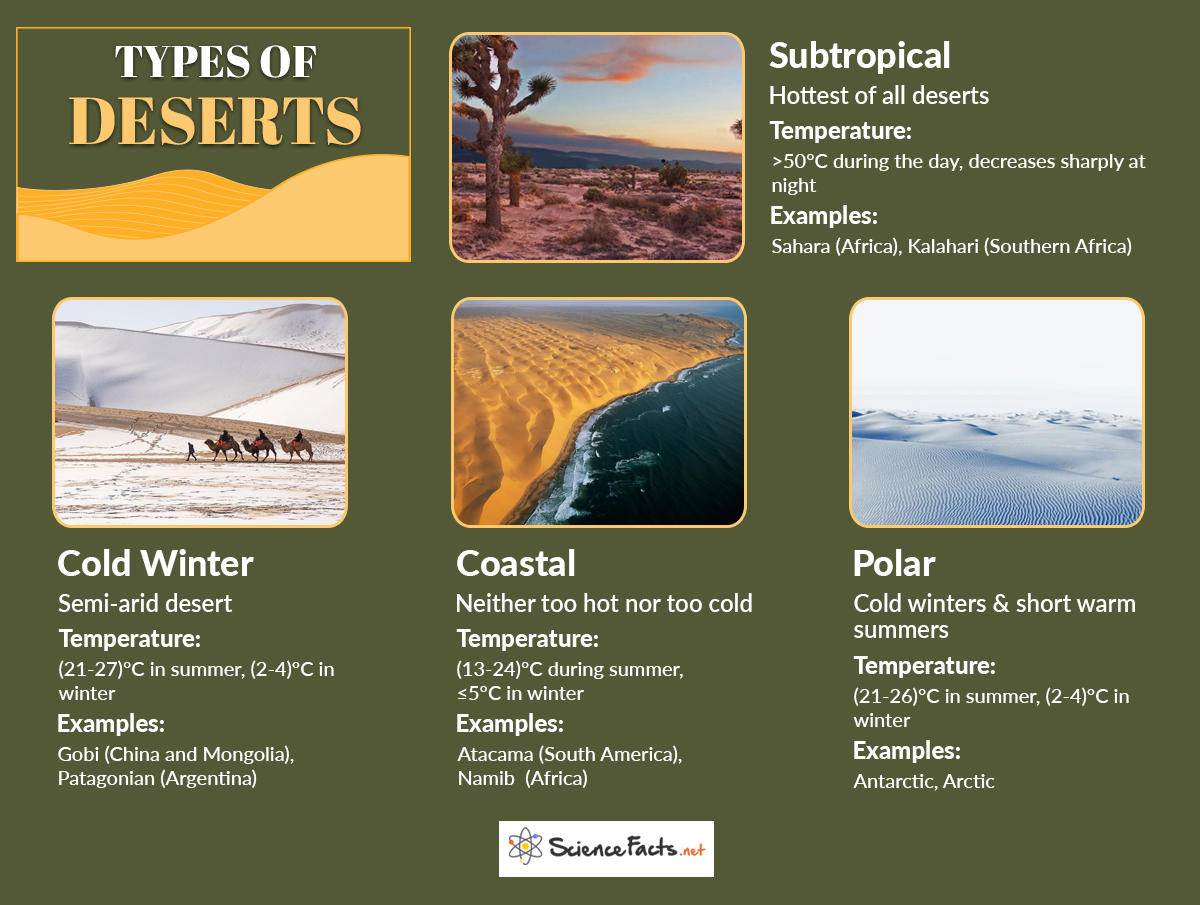
1. Subtropical Desert
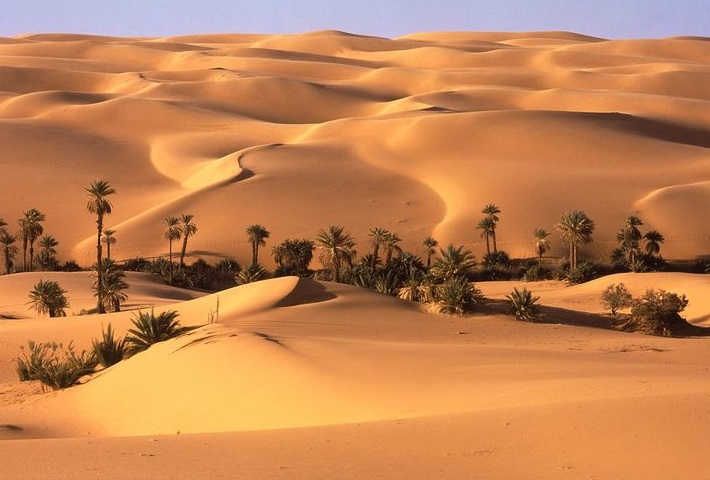
They are the hottest of all deserts found between 15-30 degrees both to the north and south of the equator along the Tropic of Cancer and Tropic of Capricorn, respectively. These deserts experience extreme temperature conditions and very low rainfall.
Temperature: Reaches above 50°C during the day, which decreases very sharply during the night, owing to low humidity.
Yearly rainfall: Quite scarce, as the weather could be so extreme that raindrops evaporate before reaching the ground. Inland areas of Sahara receive less than 1.5 cm rainfall, which is one of the driest places on the planet.
Soil type: Coarse-textured and rocky with no subsurface water.
Plants that grow here: Mainly shrubs and small trees which are adapted to prevent loss of moisture; examples include creosote bush, mesquite tree, yuccas, ocotillo, sotol, ephedras, and agaves.
Animals found here: Nocturnal, and mainly carnivorous, animals here hide during hot daytime hours, becoming active during the night-time when it gets colder. Examples include mammals like camels, insects, reptiles, arachnids, bandicoot, kangaroo rat, and desert iguana.
Examples of subtropical deserts: Sahara desert in Africa is the largest of all subtropical deserts. Some other deserts of this group include Chihuahuan, Sonoran, and Mojave in the USA, the Kalahari Desert of Southern Africa, and the Tanami Desert of Northern Australia.
2. Cold Winter Desert

They are also referred to as the semi-arid desert, located near the edges of other deserts and in the continental dry areas. These deserts are characterized by long dry summer and mild, wet winters.
Temperature: Between 21-27°C in summer, which can go up to 38°C; evenings are cooler by about 10 degrees. During winter, the temperature ranges between 2-4°C, which can go down to 40°C.
Annual rainfall: Between 2-4 cm in average
Soil type: Sandy, fine-textured with loose rock fragments and low salt content
Plants that grow here: Mainly, cactus, as well as creosote bush, bur sage, whitethorn, mesquite, lyceums, and jujube. The leaves of cacti are transformed into spines to reduce loss of water.
Animals found here: Mammals like kangaroo and rabbits; insects like grasshoppers and ants; reptiles like lizards and snakes; birds like burrowing owls and California thrasher. During day time, these animals hide in the shadows of shrubs or in the burrows to protect themselves from intense heat.
Examples of cold winter deserts: Gobi desert in China and Mongolia, Patagonian desert in Argentina, Great Basin in the USA.
3. Coastal Desert

Coastal deserts are located on the western coasts of the continents found between 20-30-degree latitude. These are characterized by cold winters and relatively long and warm summers.
Temperature: Between 13-24°C during summer, with maximum range being about 35°C. During winter, it stays around 5°C or lower.
Annual rainfall: About 8-13 centimeters, which is more, compared to both the subtropical and coastal deserts.
Soil type: Fine-textured with a high content of salt and other nutrients.
Plants that grow here: Those growing here have roots that are close to the surface to absorb rainwater. Examples include saltbush, buckwheat bush, little leaf horsebrush, black sage, and Chrysothamnus.
Animals found here: Mammals like coyote and badger, amphibians like toads, birds like great horned owl, golden eagle, and bald eagle, reptiles like lizards and snakes, and Insects.
Examples of coastal deserts: The Atacama Desert in South America (driest place in the planet), the Namib Desert, and The Western Sahara desert of Africa.
4. Polar Desert
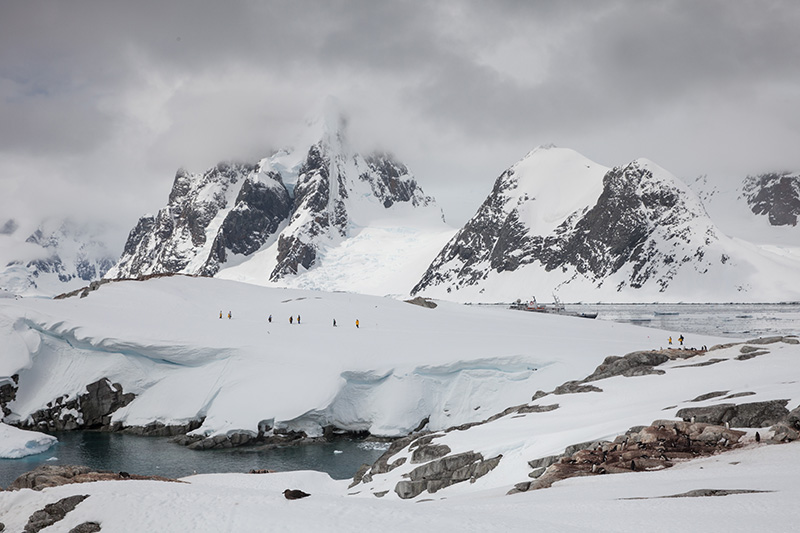
Polar deserts are located in the Arctic and Antarctic regions. They are characterized by long cold winters and short warm summers. Winter witnesses relatively higher rainfall than summer.
Temperature: Ranges between 21-26°C (during summer), and between 2-4°C in winter.
Yearly rainfall: Between 15-26 cm in average
Soil type: Salty and contains silt. Soil is porous, where the alluvial fan is found.
Plants that grow here: Mostly algae, lichens, and some fungi. Short grasses, birches, willows, and mosses might grow in moist areas.
Animals found here: Jackrabbits, kangaroo rats, kangaroo mice, pocket mice, grasshopper mice, antelope, and ground squirrels.
Examples of Polar desserts: The Antarctic is the world’s largest polar desert, which extends over New Zealand, Australia, France, Norway, the United Kingdom, Chile, and Argentina. The second-largest polar desert, the Arctic, spans across Alaska, Canada, Greenland, Iceland, Sweden, Russia, and Finland.
Article was last reviewed on Monday, January 30, 2023

